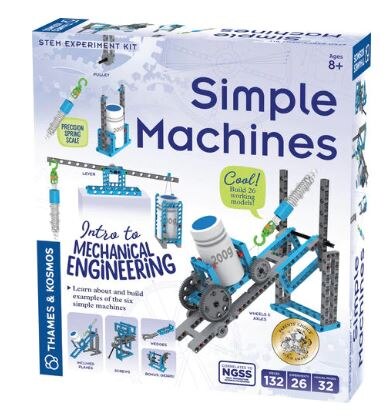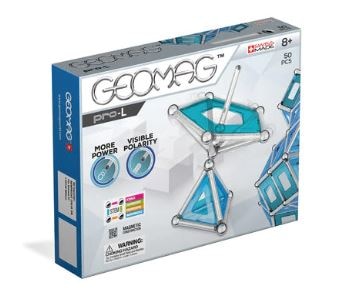Need some fun activities that not only keep kids happily occupied for hours, but also help them learn and develop intellectually? Check out these STEM toys for encouraging play with extra benefits!
If you’re looking for enticements to lure kids away from those tantalizing screens, STEM toys may be just the ticket.
What are STEM Toys for Kids?
‘STEM’ is an acronym for science, technology, engineering and math used as a shorthand to describe these subject areas. STEM toys aim to develop kids’ skills in these subjects while kids enjoy themselves playing.
STEM toys may focus on building structures or machines, exploring natural sciences, or teaching coding or the basics of electronics. While children play, they not only absorb some of the principles of these STEM fields, they also develop critical thinking and problem-solving skills that will serve them in any field they choose to pursue, STEM or otherwise.
Benefits of STEM Play
In addition to be exciting and fun, toys that focus on STEM topics such as chemistry, geology, engineering, and biology promote familiarity with science and foster the habits of mind that help children succeed and find pleasure in these subjects.
While any kind of play has benefits, STEM toys have several added benefits for the children who use them.
1. STEM toys make learning fun
Whether it’s building their own machines or growing crystals, kids will learn while they play with STEM toys. As they create elaborate structures or mix potions, they’re enjoying playtime while gaining valuable skills that will serve them in school and beyond. What better way to promote a positive attitude about school?
Capitalize on kids’ natural curiosity and let them play detective while developing their deductive reasoning skills. Or let them indulge in their love of mixing potions while they learn the fundamentals of chemistry. Toys that get kids to building structures or machines foster creativity and spatial abilities while teaching kids the principles of engineering.
2. Build confidence and skills in science and math
Children who gain experience exploring geology, chemistry or engineering will develop familiarity and confidence with the methods used in these fields. Competence developed through play can translate into aptitude for these and other STEM subjects they’ll study in school.
One study of sixth graders found that play involving construction and manipulation of building toys enhanced kids’ abilities to solve mathematical problems. A small longitudinal study suggested that kids with skills in constructive play scored better on standardized math tests in secondary school.
Complex building projects foster kids’ abilities to follow instructions while teaching them principles of engineering. Building toys like LEGOs and magnetic tiles help develop kids’ spatial awareness and ability to implement their ideas as well as many other life skills. Find out more about the special benefits of LEGOs.
Renowned architect Frank Lloyd Wright attributed his design abilities in part to his use of geometric building blocks developed by educational pioneer Friedrich Fröbel as a child. Who knows where your child’s constructive play may lead them eventually?
3. Encourage experimentation and creativity
Whether it’s creating their own machines or doing chemistry experiments, STEM toys promote kids’ love of experimentation and creative thinking. When kids build with constructive toys or examine what happens when they mix different substances together, they’re learning how we find answers through trial and error.
4. Promote abilities to problem solve
When children use STEM toys to design structures and test out scientific principles, they enhance their ability to solve problems. Whether it’s how to make a machine they’ve designed hold together, or figuring out why an experiment failed, kids are challenged to find alternative ways to reach their goals, which will ultimately help them in many areas of their lives.
STEM Toys to Consider
With so many STEM toys to choose from, where to start? Begin with subjects that already appeal to the child, or with something you suspect they’ll find intriguing. Be sure to choose toys appropriate to their age and abilities. Something too difficult for a young child may prove frustrating, while older children may be bored by toys aimed at younger kids.
Very young kids can start to develop STEM skills with very basic sets geared toward toddlers, whether it’s a beginners’ science lab or larger building bricks that are more manageable for littles still developing hand-eye coordination. Slightly older children can get started learning to design and build more complex structures with a simple collection of LEGO bricks.
Does your child love to learn about animals? Try a worm farm or coral reef exploration kit.
For kids interested in earth science, consider kits exploring caves and geodes or volcanos.
Do your kids get excited about machines? Try a mechanical engineering toy or a fun set of robot pets.
Other STEM toys sure to interest curious kids include kits focused on more advanced subjects like forensic science or climate change.
Whichever STEM toys you choose, enjoy knowing your child is having a blast while learning about STEM fields and developing skills that will serve them for the rest of their lives.




